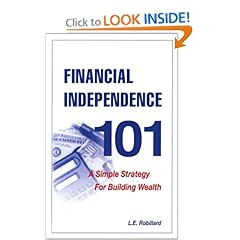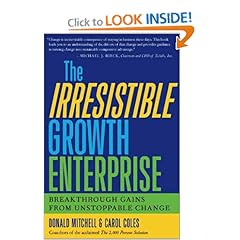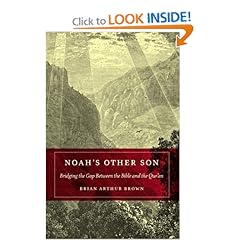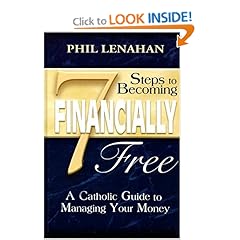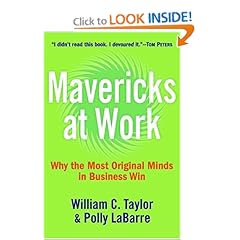
Writing coach Jack Hart just published the best book about the craft of writing since William Zinsser's classic "On Writing Well."
"A Writer's Coach: An Editor's Guide to Words that Work," comes at a good time. Bad books come out of printing houses, magazines disappear, and newspaper continue to commit slow suicide, writing about government infrastructure or "converting" to online under the theory that two-paragraph text information bursts are what readers desperately crave.
(Actually, what readers crave is video, a lot more video than writers or newspapers are giving them...but fundamentally, with that video, what they really want are STORIES).
Jack is a writer's editor who knows how to build great stories. Readers might want more video these days, but they have hungered for good stories since long before a blind Greek began to dictate the first chanting lines of the Iliad. The online world will figure this out, probably sooner rather than later, and when they do, the reading public will find good stories, video and text, all of them containing the same fundamentals that Homer used to create his masterpieces. There are 12 fundamentals, actually:Method, Process, Structure, Force, Brevity, Clarity, Rhythm, Humanity, Color, Voice, Mechanics, Mastery.
Those are Hart's 12 chapter headings in "Writer's Coach, but they were the 12 tools of Homer and Aeschylus and Shakespeare and Orson Welles and Steven Spielberg and any storyteller who's ever captivated an audience.
What appears underneath those simple chapter headings is some of the best instruction anyone could have about how to become a skilled writer, and Jack does it by bringing clarity to the most complex ideasOne of the hardest writing concepts I ever tried to memorize, for example, is the "ladder of abstraction," the profound idea that all words exist on a continuum running from the absolutely concrete to the cosmically abstract. It's a valuable idea for a writer to memorize, and in the ten years since I encountered it I could never make it stick in my head, until I saw this in Jack's chapter called "Color." Here's a ladder anyone can grasp:
LADDER OF ABSTRACTION:
Everything there is
Living things
Vertebrates
Humanity
Americans
American truck drivers
Portland truck drivers
Acme Freight truck drivers
Fred
Jack's book demystifies writing while deftly explaining the classic underpinnings of writing as classic art. As a newspaper editor he's edited two Pulitzer-prize-winning stories and contributed to a third; he`s long been known as one of the great coaches of writing in the country. In each chapter, he takes apart the mechanics of writing the way a gifted mechanic take apart a car, showing in an engaging way how each part works and how it all fits into a whole. For anyone like me who desperately wants to get better at writing, this is the book to have.
The best part about this is that Jack lets loose the confident and catty soul of wit. Turn to nearly any page, and you'll see it:
"Some writers bristle at the very sound of the word `outlining.' But please put aside all those negative connotations that linger from the outlines your grade school teachers forced you to do. Forget Roman numerals. Forget subheadings and sub-subheadings. All you need is a quick-and-dirty summary that cuts right to the key points."
/
"Why should writing be agony?" he asks. "Physically, writing's relatively easy work. Take it from a guy who's loaded log ships, pumped gas, and tarred roofs in the midsummer sun. Writers work on their butts and out of the weather. So what's with all the whining?"
/
"Of all the devices that can add humanity to your writing, the direct quotation is the most overused. A newspaper sports story or a traditional news feature may contain a direct quote in every other paragraph, a practice that usually produces a parade of inane or merely dull utterances. Great magazine writers repeatedly demonstrate that the direct quote is expendable, writing five thousand words or more without resorting to one direct quote."
Reading Jack's book about craftsmanship reminds me of a crew of workmen I worked for in the summer of 1975. The carpenters were small-town men from Kansas who chewed tobacco, talked wistfully about women, drank cheap beer in their private hours, and paid attention to the exactness demanded by their craft.Every move they made had a purpose: "Keepin' everything square with the world," they called it. They used chalked string snap-lines to quickly lay down a straight line on a row of boards to make a cut; they used levels to keep the floors and stud boards straight; they studied diagrams, placed boards and made cuts in a sequence that put a building together that could stand for centuries. They knew the names, purposes and nuances of every tool, every grain of wood and every sequence of process that they laid their hands to.
Most writers, in contrast, just start typing, which is why so many stories fall apart in their hands or don't get read by an audience.
Not one of those carpenters, as far as I know, has ever attended the Poynter Institute's national writing workshops, or the annual Nieman Narrative Writing conference in Boston, where Jack speaks to packed rooms; but those guys with the toolkits would have recognized him as a craftsman. Great writing is mostly craftsmanship, with just a brushstroke of art, and Jack is an engaging teacher of both.
Here is Jack, explaining why writers write badly, or succumb to writers' block, or see a story with great potential fall apart in their hands:
"The tendency to see the task ahead as overwhelming explains most keyboard anxiety. For a variety of reasons, we view writing from the back end. Day in and day out, we witness the finished work of accomplished writers. In our minds' eye we stroll down street after street of beautiful homes, ignorant of the piece-by-piece construction that created them, one two-by-four at a time. `Look at that gorgeous building,' we think. `The craftsmanship. The detail work. The sheer size of the thing. I could never build something like that.' "
Jack explains all, from how to conceptualize and create to how to begin laying out steps that make a story stand tall.
Other samplings from the book:
"The secret to writing well is in the process, not the finished product. You get better not by sitting down at the keyboard and trying to match the finished work of good writers, but by changing the way you work.
/
"Think first; write later. Why hurry to the keyboard if you're just going to sit there, stressing out and string at a blank screen? Pave your way to a first draft with some sort of rough plan. Scan your notes. Jot down key points. Ask yourself some questions. If you have two hours to write, take an hour to prepare. If you're fifteen minutes from deadline, take five to think."
/
"Shrink your subject. Most of us are way too ambitious when we set out to write. So we end up with a Missouri Basin phenomenon---a flood that's a mile wide and an inch deep. Give your readers some depth so that they can enjoy the water. Pick the most interesting, unusual, or surprising aspect of your subject and dive in."
Click Here to see more reviews about:
A Writer's Coach: An Editor's Guide to Words That Work (Hardcover)
 Chris Skinner's book is an informative and highly relevant book for understanding opportunities and challenges in today's 24*7 global financial markets. His writing is clear and entertaining. Using a fresh and innovative approach, Chris Skinner highlights the importance of technology in servicing customers across the globe, and points to a number of trends that will affect profitability if not taken into account. A must read for anyone interested in 'the future of banking'.
Chris Skinner's book is an informative and highly relevant book for understanding opportunities and challenges in today's 24*7 global financial markets. His writing is clear and entertaining. Using a fresh and innovative approach, Chris Skinner highlights the importance of technology in servicing customers across the globe, and points to a number of trends that will affect profitability if not taken into account. A must read for anyone interested in 'the future of banking'.